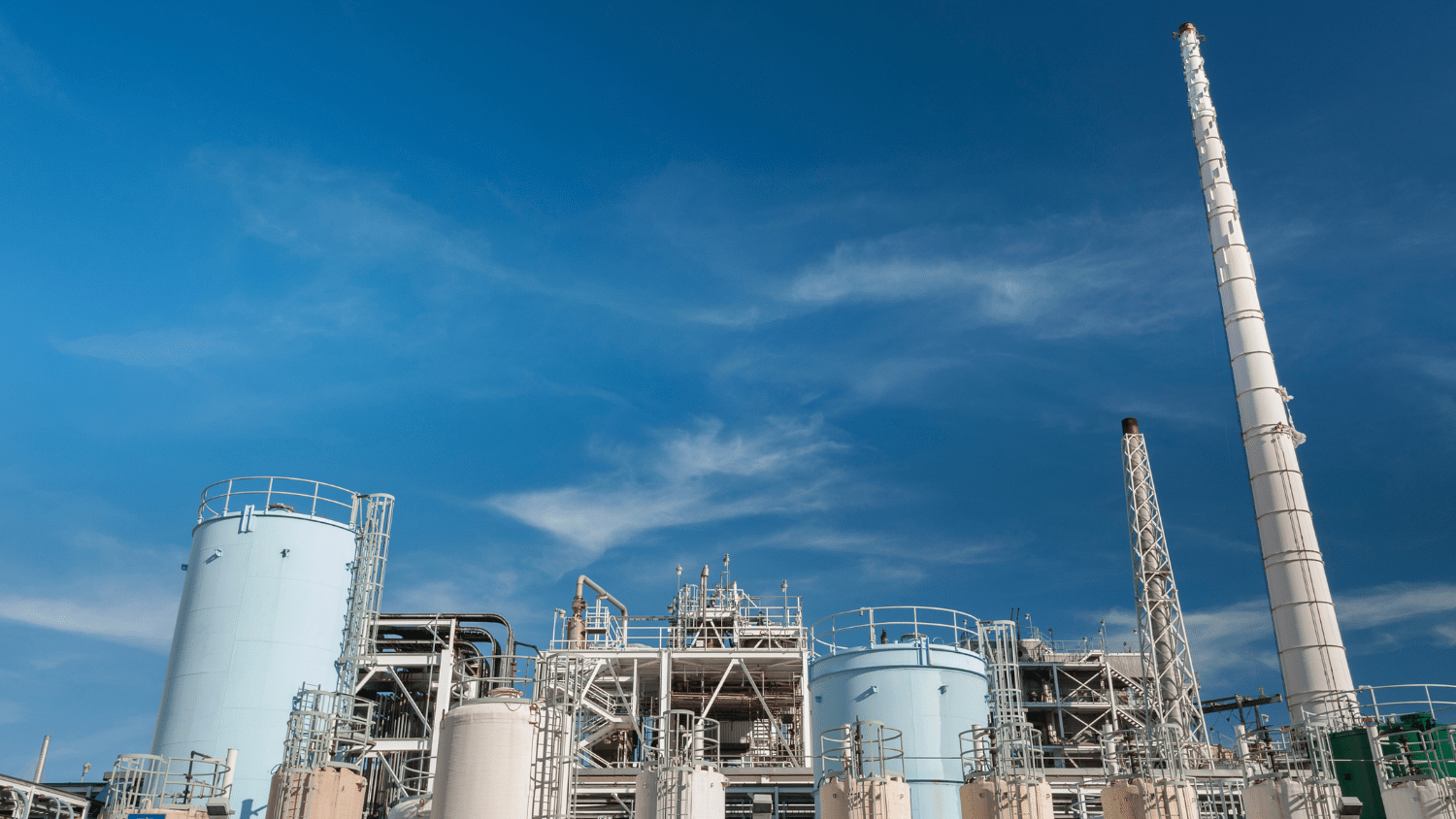In the greenhouse gas reduction challenge, carbon capture and utilization are considered one of the most promising strategies. Among the pollutant gases, CO2 is the most significant gas contributing to the greenhouse effect. Its conversion into chemical feedstocks and fuels represents a more desirable pathway to reduce its concentration in the atmosphere.
 The transformation of CO2 is commonly made using thermo-catalysis and photocatalysis. Despite the advances in this field, the requirement of high temperature and pressure, or sacrificial agent utilization, still limits these technologies' application. Therefore, new catalysts for more efficient processes are required to make its implementation possible for the real world.
The transformation of CO2 is commonly made using thermo-catalysis and photocatalysis. Despite the advances in this field, the requirement of high temperature and pressure, or sacrificial agent utilization, still limits these technologies' application. Therefore, new catalysts for more efficient processes are required to make its implementation possible for the real world.
You might also be interested in our case study on capturing CO2, before converting it? Find the case study here!
An alternative technology for CO2 conversion is electro-catalysis, where the catalyst utilizes electrical energy to transform the gas molecule into a fuel. This alternative is more environmentally friendly since the power used can be supplied employing a renewable source such as solar or wind. Commonly used electrocatalyst contain transition metals such as Cu, Co, and Pd that help reduce the overpotential necessary for the activation of the CO2 molecule.
Novel electrocatalysts
The content of metals in common electrocatalyst makes them expensive, and they present challenges during operation since some byproducts can be adsorbed on the surface, decreasing their efficiency over time. For this matter, novel catalysts have been created based on Metal-Organic Frameworks (MOFs). MOFs are highly ordered materials containing a metal node bridged by organic ligands. In comparison with conventional electrocatalysts, MOF-based materials offer several advantages like:
- Intrinsic and tunable porosity
- High adsorption capacity
- Higher selectivity towards CO2
- Lower adsorption of byproducts such as CO and CH4
CO2 recycling?
The implementation of MOF-based materials in carbon dioxide electroreduction has been explored to generate liquid fuels like formic acid (also known as methanoic acid). Formic acid is an energy carrier that can be used as a fuel-cell fuel for energy generation. As a result of this process, formic acid fuel-cells emit carbon dioxide, which can be captured and recycled for cleaner energy.
 Formic acid fuel-cells offer some advantages over hydrogen fuel cells for its application in electric vehicles, like reduced storage cost, enhanced safety (due to lower storage pressure), and lower temperature operation (20-60°C). Moreover, formic acid possesses a higher energy density of 2.13 kWh/dm3 compared to 0.53 kWh/dm3 of hydrogen.
Formic acid fuel-cells offer some advantages over hydrogen fuel cells for its application in electric vehicles, like reduced storage cost, enhanced safety (due to lower storage pressure), and lower temperature operation (20-60°C). Moreover, formic acid possesses a higher energy density of 2.13 kWh/dm3 compared to 0.53 kWh/dm3 of hydrogen.
Towards a highly efficient technology
Several MOFs have been used for the CO2 electroreduction, including Cu and Zn-based MOFs. However, their low stability is the primary concern for their implementation in real applications. In a recent study, the electrochemical synthesis of an Indium-based MOF proved to be an excellent route to increase MOF-based electrocatalysts' stability for carbon dioxide electroreduction. According to the authors, the MFM-300 (In) MOF showed capable of performing the CO2 electroreduction with Faradaic efficiencies up to 99.1 %, after a 2-hour electrolysis test with formic acid as the sole product in the liquid phase.
CO2 electroreduction with Faradaic efficiencies up to 99.1 %
These results outperform previous reports for conventional catalysts and MOF-based materials. In long-period tests, the MOF-based electrode showed higher stability with a slight decrease in its efficiency to 91.2%. The performance of this material is related to different factors like:
- Superior selectivity towards CO2 vs. H2
- Better adsorption on the MOF surface
- Higher structure stability
MOFs can be used directly and indirectly as catalysts. When used as a direct catalyst, the atomically dispersed metal nodes can be engineered into active sites, and the organic linkers are also potential catalytic sites. The porous structure can be tuned to enhance mass transport. The ability to consciously design these materials plays a crucial role in improving their performance as catalysts.
MOFs benefits are exploited for several applications, including gas filtration and capture. MOF-based materials' versatility can be used to integrate a full assembly in energy-related applications, for example the post-combustion CO2 capture. You can find other examples of these applications on our previous blogs on gas capture and storage, photovoltaics, and energy storage.




